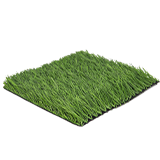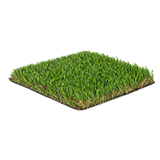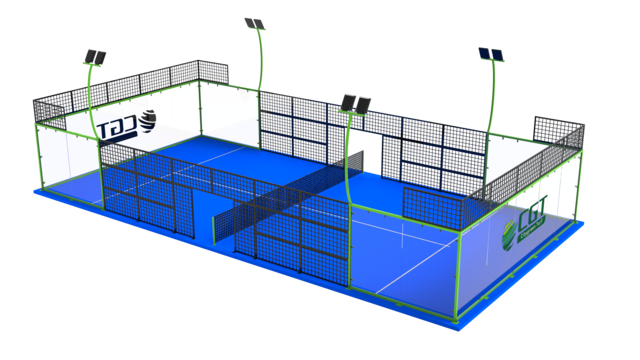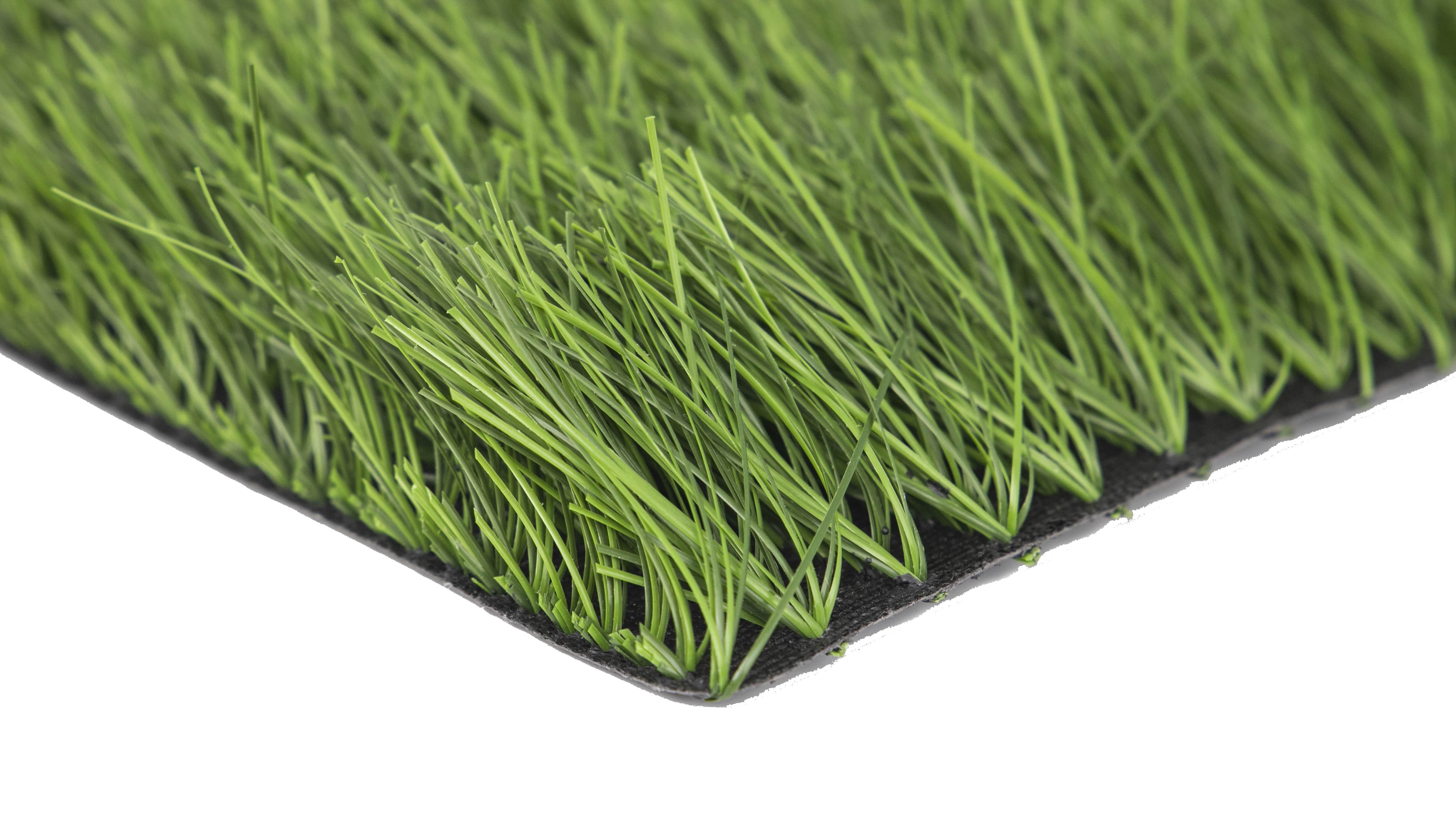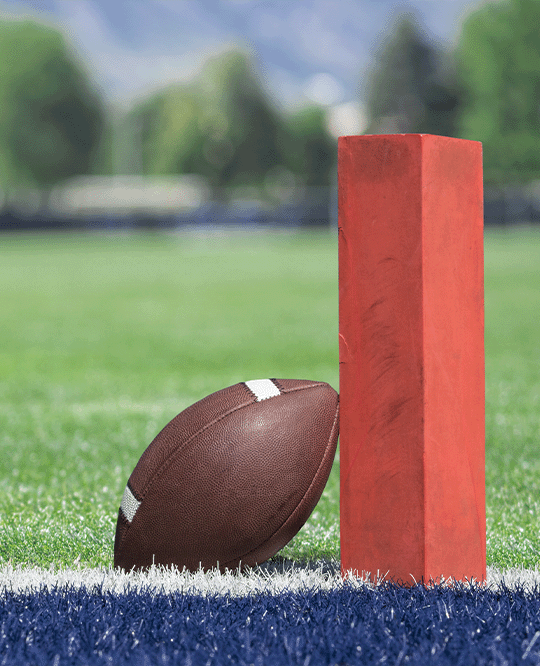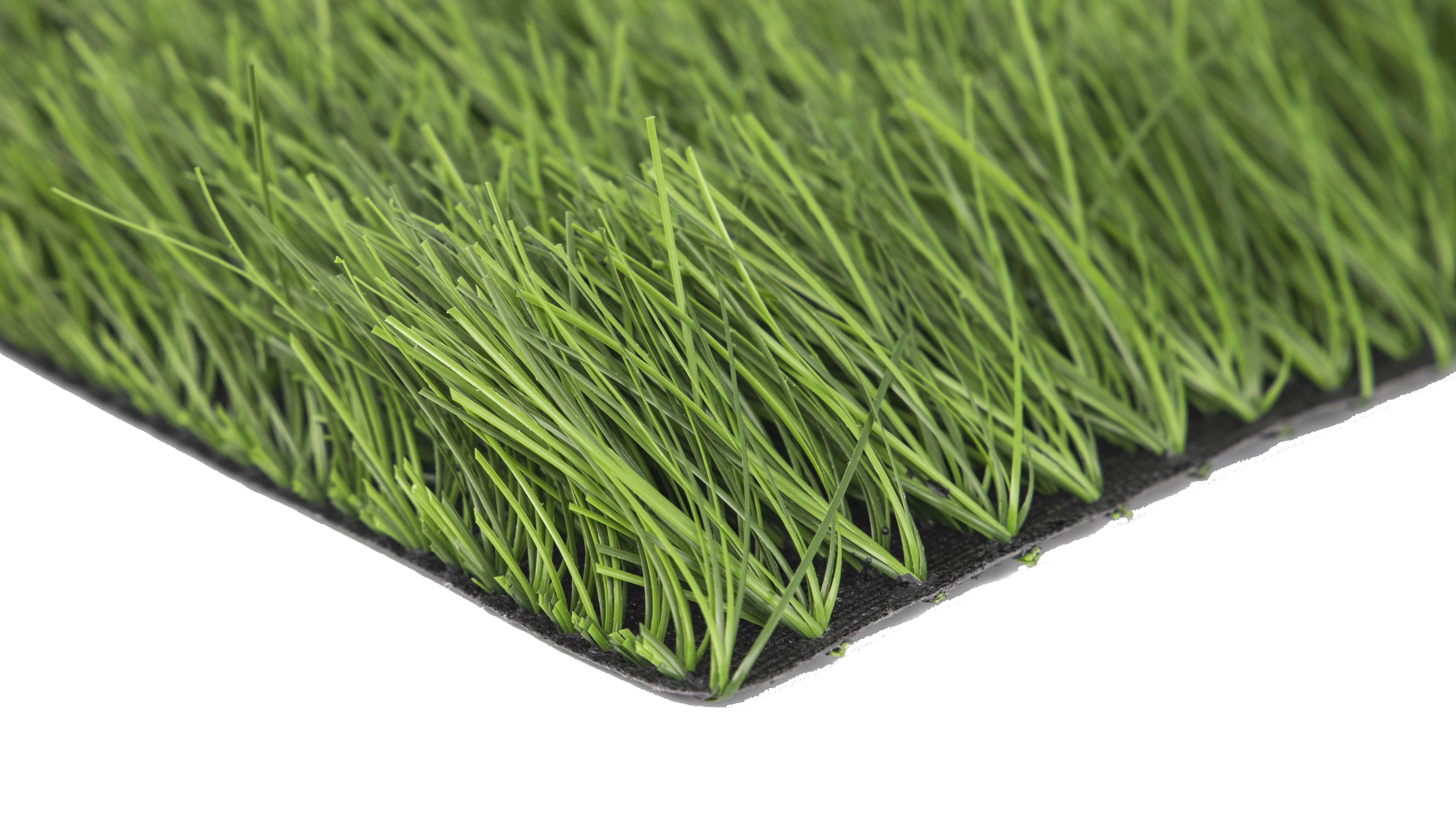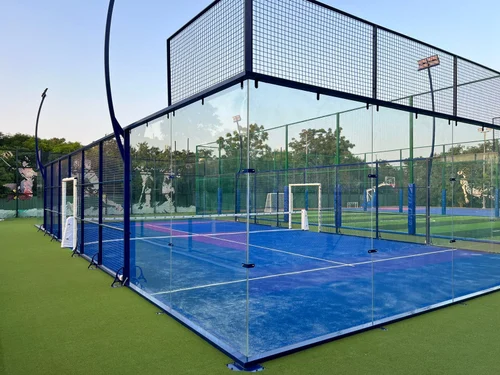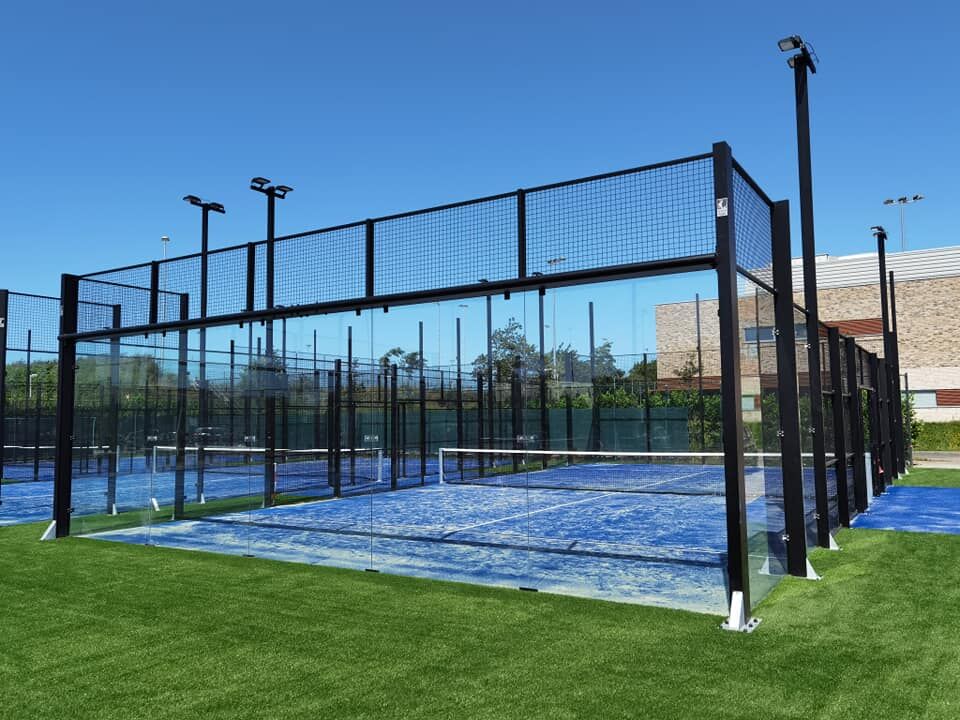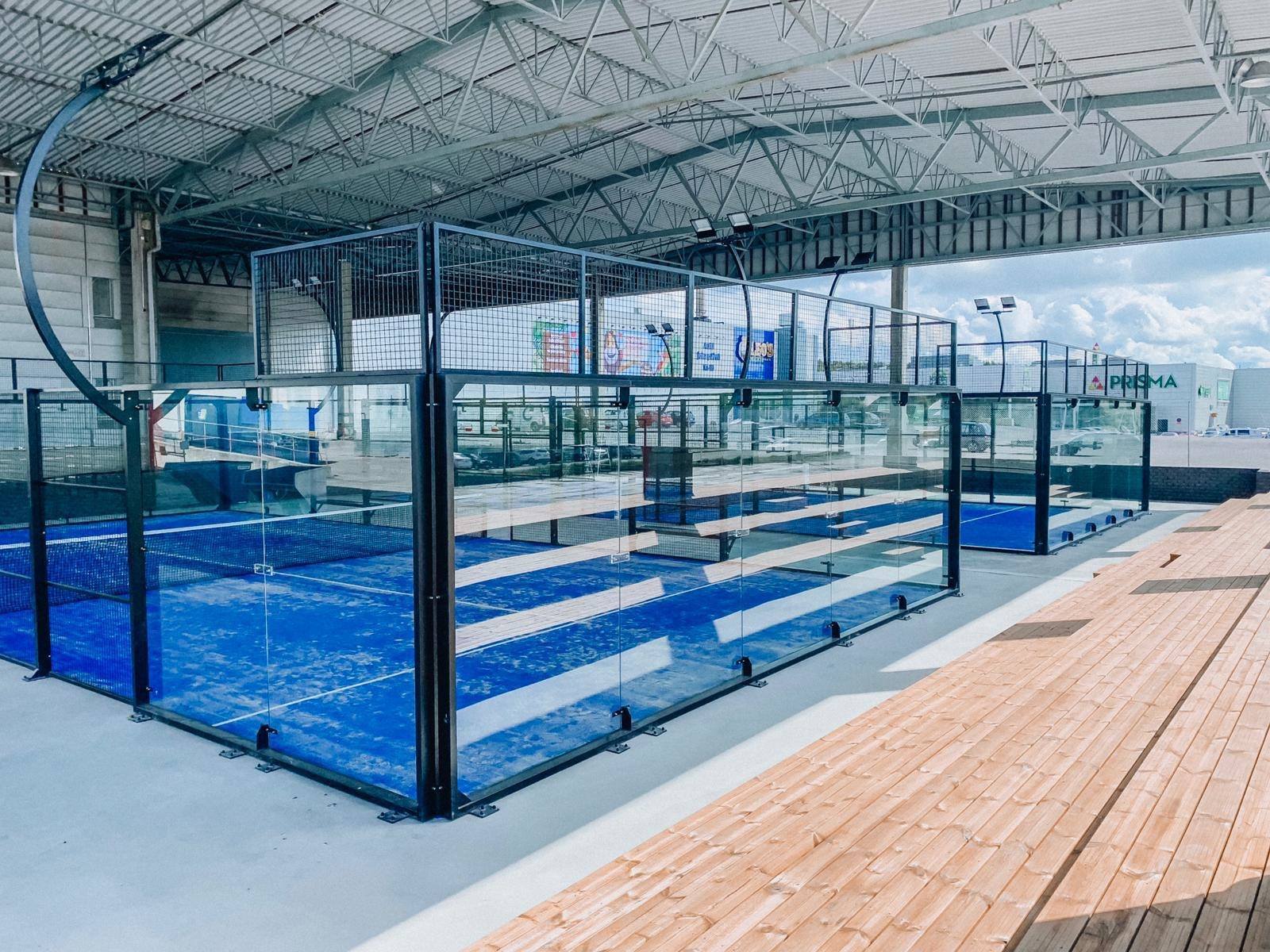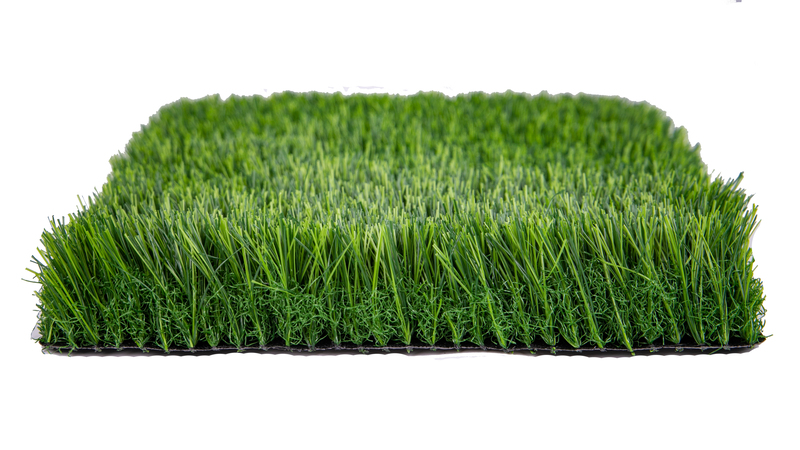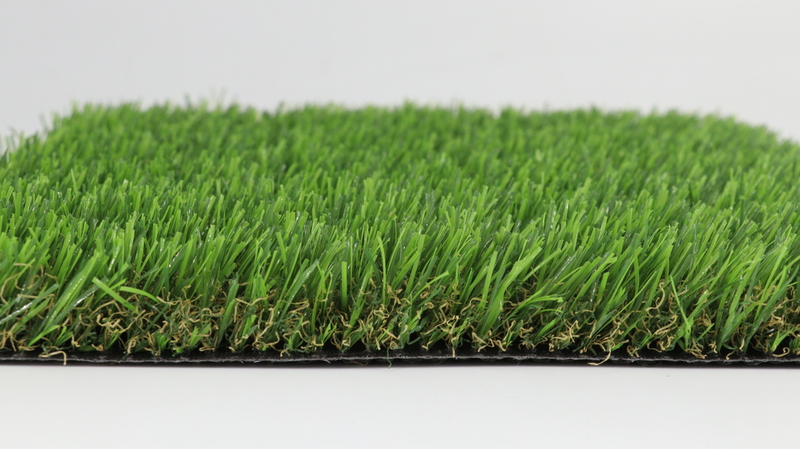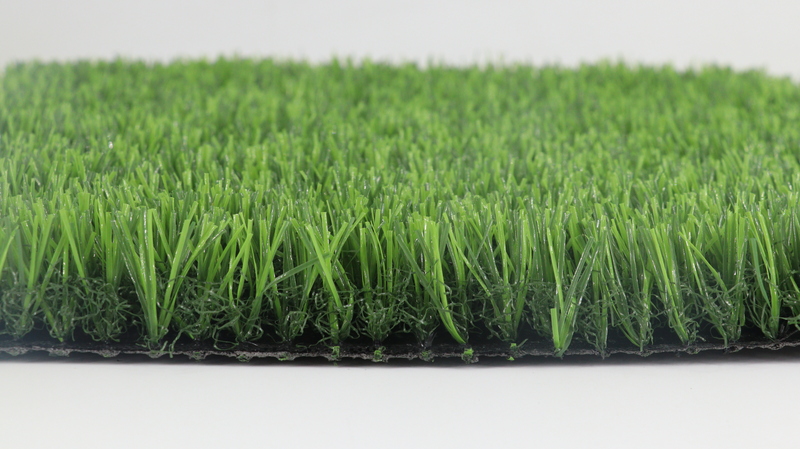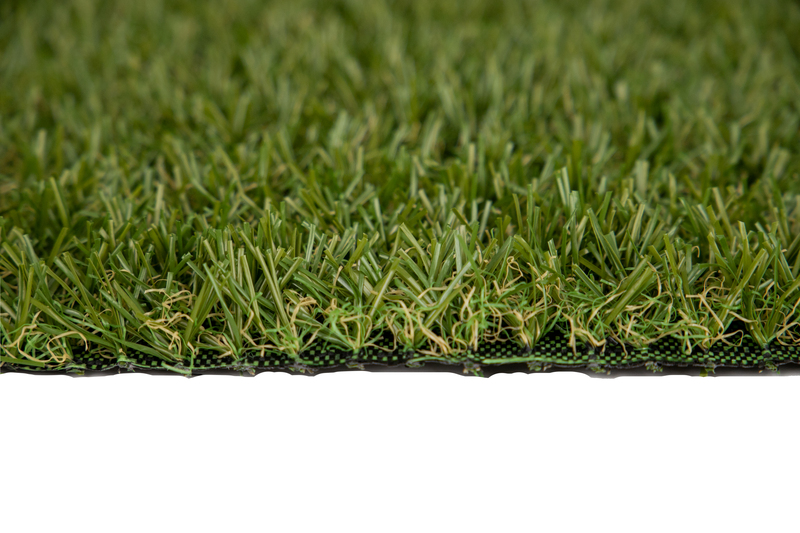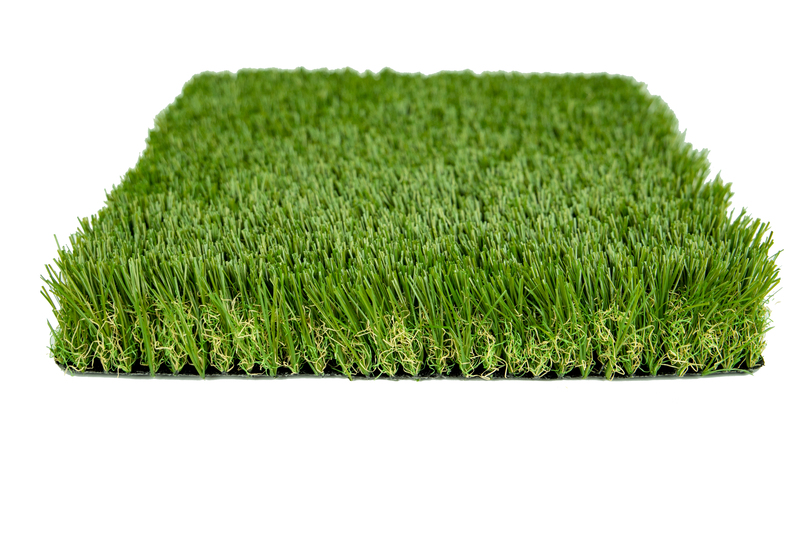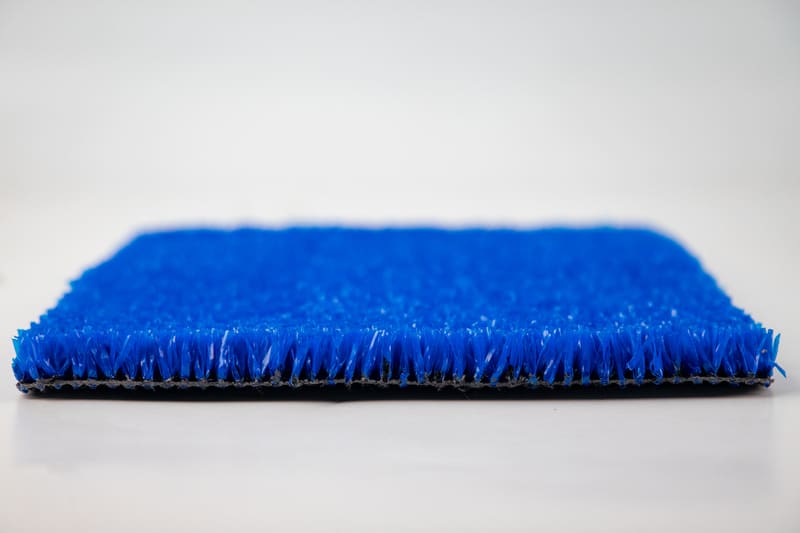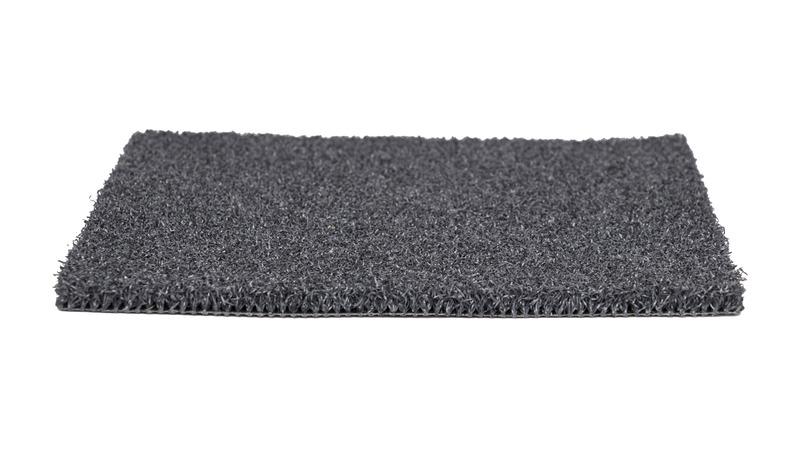In the high-impact world of rugby, player safety, pitch durability, and consistent performance are non-negotiable. That’s why many clubs, schools, and sports complexes are moving away from natural grass and investing in artificial turf for rugby pitches. Today’s rugby synthetic turf isn’t just a substitute—it’s an upgrade, offering tangible performance and safety advantages that cater to both amateur leagues and professional competitions.
Why Artificial Rugby Turf Is Gaining Popularity
Rugby is a demanding sport. Tackles are aggressive, scrums are forceful, and fast-paced plays test every inch of the field. Natural grass, no matter how well-maintained, struggles to keep up. It wears unevenly, gets muddy under wet conditions, and becomes hard-packed in dry climates, increasing injury risks. In contrast, artificial rugby turf delivers a consistent surface year-round, regardless of weather or usage intensity.
Here’s why it’s quickly becoming the surface of choice:
- - All-weather resilience: Synthetic rugby turf doesn’t suffer from rain-induced mud pits or sun-baked cracks. It drains quickly and maintains a playable surface during any season.
- - Minimal maintenance: No mowing, watering, or re-seeding. Maintenance involves brushing, occasional infill top-ups, and debris removal—a fraction of what natural fields require.
- - Extended usability: Rugby synthetic turf can support back-to-back matches, training sessions, and even community events without showing significant wear.
For facility managers, this means fewer cancellations, lower upkeep costs, and maximum pitch availability throughout the year.
artificial sports turf for rugby pitches
Enhanced Safety for Tackles and Scrums
One of the most important benefits of modern rugby synthetic turf is its role in player safety. Engineered shock pads beneath the turf layer absorb impact and reduce the risk of concussions and joint injuries during hard tackles or dives. The infill system—often a blend of rubber and sand—is designed to mimic the cushioning of soil while maintaining stability underfoot.
What does this mean in real play scenarios?
- - Better impact absorption: Players experience less shock when hitting the ground, which can reduce the severity of injuries from falls or collisions.
- - Consistent footing: Unlike uneven natural grass, which can result in twisted ankles or unexpected slips, artificial turf offers uniform traction.
- - Safe scrums: The dense pile height and layered structure of rugby turf fields resist deformation, offering a solid base during intense forward pushes.
It’s not just about reducing injuries—it’s about building confidence. Players can give their all without holding back due to unpredictable terrain.
Speed, Agility, and Playability
Modern artificial turf for rugby pitches is designed to optimize speed and agility. The even, low-friction surface allows players to move faster and cut more sharply, encouraging a faster-paced, more engaging game. Ball behavior is also more predictable on synthetic turf, allowing teams to fine-tune passing accuracy and kicking strategies.
Key performance benefits include:
- - Faster ball roll: Ideal for precise ground kicks and fluid offensive plays.
- - Stable footing: Allows for sharper direction changes and controlled bursts of speed.
- - Enhanced drainage: Prevents waterlogging, ensuring fast play even after rain.
From professional rugby unions to school-level training grounds, faster play translates into higher engagement and better skill development.
Long-Term Cost Benefits for Commercial Projects
Installing artificial rugby turf isn’t just a performance decision—it’s a smart financial one. While initial installation costs can be higher than natural turf, the return on investment comes quickly. The longevity and low maintenance of rugby synthetic turf make it especially appealing for schools, sports clubs, and municipalities managing tight budgets.
Benefits for buyers and project developers include:
- - Lower water consumption: Saves thousands of gallons per season.
- - Reduced labor costs: Less staff needed for mowing, lining, and field repair.
- - Multi-purpose use: Fields can be adapted for other sports or community use without turf degradation.
With high-quality rugby turf fields lasting 8–12 years, the long-term savings and operational flexibility often far outweigh the upfront expense.
Sports Turf Surfacing for Rugby
Custom Turf Solutions for Any Project
Whether outfitting a professional stadium or a community training ground, each rugby field has unique needs. That’s why working with an experienced manufacturer like Citygreen Turf is essential. We tailor rugby synthetic turf systems to meet international performance standards, field dimensions, and climate demands—ensuring the best results for every project.
We also offer expert support through:
- - Customized turf fiber selection
- - Impact-absorbing shock pads
- - UV-stable, weather-resistant components
- - Installation consultation and ongoing maintenance guidance
The Citygreen Turf Advantage
At Citygreen Turf, we understand what a rugby pitch demands. Our artificial turf solutions are engineered for toughness, safety, and maximum performance. Whether you need a single field or multiple surfaces across a facility, we provide reliable, commercial-grade products trusted by rugby clubs and developers worldwide.
Explore our rugby turf systems and discover how you can create a safer, faster, and more reliable playing surface for your athletes.

